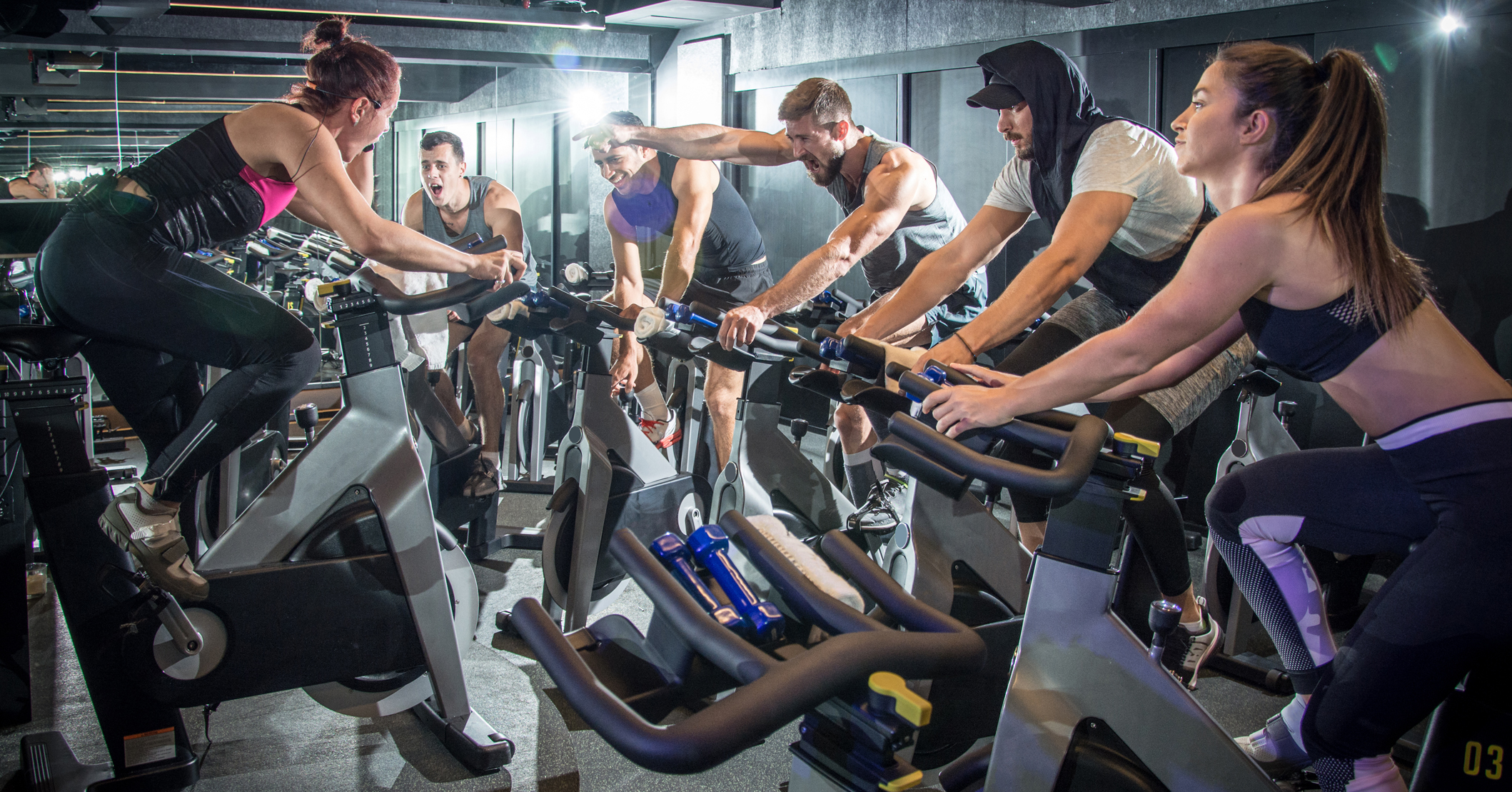High-intensity indoor cycling classes carry a "significant risk of kidney damage" – especially for first-time participants – according to a recent report.
The study claims that indoor cycling classes, which simulate climbing hills, cycling on flat roads and include sprint cycles, may result in rhabdomyolysis. This is a condition where severe muscle trauma (due to a lack of oxygen) causes muscles to break down and release their contents into the bloodstream.
The syndrome, typically found in victims of a crush injury – such as a result of a car crash – can lead to serious complications, including kidney failure.
According to the report, "Risk factors for the development of rhabdomyolysis are related to the intensity of the exercise, the conditioning of the participant, hydration, and body temperature... Physiology studies have demonstrated that significant numbers of calories are burned, fluid losses are significant and body temperatures increase during indoor cycling classes".
The study presented details of three "unusual cases of exertional rhabdomyolysis", each occurring in a patient who had taken part in such a class.
In the first case, rhabdomyolysis developed following 15 minutes of a class. In the second case, it occurred in a young individual who exercises regularly. In the third case, the patient developed "biopsy-proved acute kidney injury" secondary to exertional rhabdomyolysis and consequently required haemodialysis.
As a result of the study, the authors – a team from the Westchester Medical Center in New York, US – recommended a set of guidelines for indoor cycling to be set up.
"The only way to prevent rhabdomyolysis from indoor cycling is to have safety guidelines set up," the authors advised.
"Beginners need to know how to gradually increase the time and cadence on the indoor cycle, the importance of staying hydrated and the need to avoid nonsteroidal anti-inflammatory drugs. They need to be informed of the risks."
Maureen Brogan et al. Freebie Rhabdomyolysis: A Public Health Concern. Spin Class-Induced Rhabdomyolysis. American Journal of Medicine. April 2017. Volume 130, Issue 4

The authors of the study recommend a set of guidelines be set up for indoor cycling Photo: SHUTTERSTOCK.COM/Bojan Milinkov
